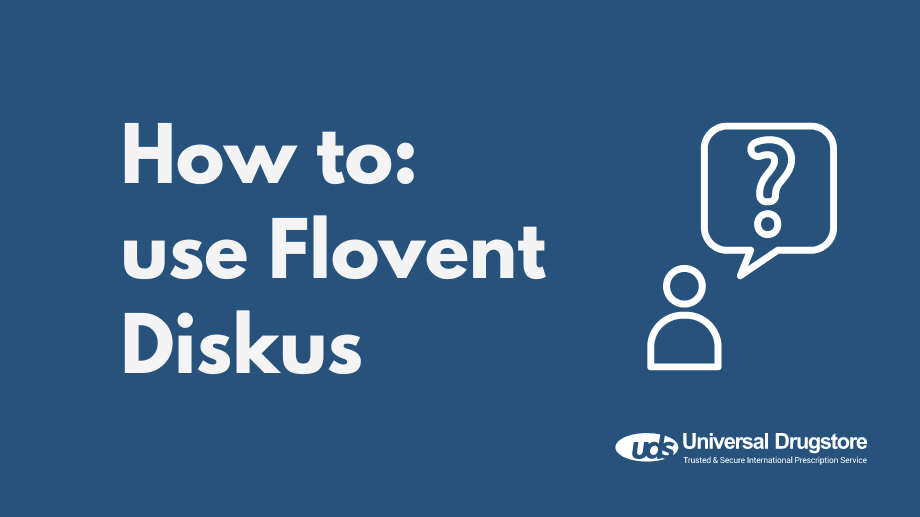Insulin pumps are computerized devices that are about the size of a small smartphone. They are an insulin delivery system that is pre-programmed to help improve glucose control automatically. There are several ways they work, including manually controlled open-loop systems and closed-loop systems. A closed-loop system combines a continuous glucose monitoring (CGM) sensor with an insulin pump to automate the continuous subcutaneous insulin infusion.
An insulin pump can have advantages over multiple daily injections. It can provide you with more flexibility to handle changes in your blood glucose levels as well as improved HbA1C levels. It is also a good option for children or people who cannot remember their daily insulin injections. Even with insulin pumps, you should know how to give injections and have alternate insulin therapy available in case your insulin pump fails. Pump or infusion set failures can lead to a rapid rise in your blood sugar and ketoacidosis.
You can wear your insulin pump in several places, including strapped under your clothes, on a belt, in a pocket, or taped to your skin.
Not all types of insulin will work in insulin pumps, so you need to talk with your healthcare provider to determine which will work best for you. Typically fast-acting insulins are safe to use in insulin pumps. Fiasp, which is a faster-acting insulin aspart injection, has been on the U.S. market since 2017 and was approved by the FDA in October 2019 for use in insulin infusion pumps.
Other insulin analogues that can be used in insulin pumps include Novolog/Novorapid (insulin aspart), Humalog (insulin lispro), and Apidra (insulin glulisine).
How do insulin pumps work?
An insulin pump is about the size of a small smartphone that has a display screen, a place for an insulin container, and a thin tube with a needle that attaches to your body (the infusion set). The infusion site where the needle goes under your skin is usually in the stomach, hips, upper buttocks, upper arms, or upper legs.
It is intended to release insulin just like your pancreas naturally does. It will deliver a small, steady flow throughout the whole day called basal insulin. It will also give a bolus, or a mealtime insulin dose to handle rising postprandial glucose levels from the food you eat. You may need to tell the pump how many carbohydrates you eat so your pump can calculate the correct bolus dose you need. Both your basal rate and bolus doses can be adjusted for certain situations such as sick days, hypoglycemia (low blood sugar levels) prevention, and increased physical activity.
Using insulin pumps with fast-acting insulins like Fiasp is an easy way to help prevent hyperglycemia (high blood sugar levels) and the long-term complications that can occur.
Keep reading as we discuss how Fiasp works, its side effects, precautions, and other important information you should know.
Fiasp FAQs
What is Fiasp approved to treat?
Fiasp (insulin aspart) is a rapid-acting human insulin analog that is approved by the U.S Food and Drug Administration (FDA) to improve glycemic control in adult and pediatric patients with:
-
Type 1 diabetes mellitus (T1DM)
-
Type 2 diabetes mellitus (T2DM)
How does Fiasp work?
Insulin is a natural hormone made by your pancreas to lower sugar (glucose) levels in your blood. It helps your body absorb and store sugar from your bloodstream and stops your liver from making more glucose. Fiasp works just like this naturally made hormone. It is different from other insulin aspart formulations and other rapid-acting insulins such as glulisine and lispro because it has additional excipients (L-arginine and niacinamide) that help you absorb it even quicker.
What are the most common side effects of Fiasp?
The most common side effects of Fiasp from clinical trials include:
-
Hypoglycemia (low blood sugar levels)
-
Allergic or hypersensitivity reactions
-
Infusion and injection site reactions
-
Lipodystrophy (buildup of body fat)
-
Weight gain
What are the serious side effects of Fiasp?
Fiasp can rarely cause severe side effects such as:
-
Extremely low blood sugars
-
Low potassium levels
-
Increased risk of disease and infections if you share your Fiasp pens, syringes, or needles with anyone else
-
Swelling and worsening heart failure if taken along with a thiazolidinedione like Actos (pioglitazone)
Disclaimer: These are not all of the possible side effects of Fiasp. You should always seek medical advice from your healthcare professional for any questions or concerns about your medical condition or treatment. You can report side effects to FDA at 1-800-FDA-1088 or www.fda.gov/medwatch.
Are there any drug interactions with Fiasp?
When Fiasp is taken along with other drugs, it can change how Fiasp works or make some side effects more likely or severe. You should ask your healthcare provider if any of the prescription drugs, over-the-counter (OTC) drugs, supplements, or vitamins you take may interact with Fiasp, including:
-
Other diabetes care medications or meds that affect your blood sugar
-
Meds that block signs and symptoms of low blood sugar such as beta-blockers, guanethidine, clonidine, and reserpine
What should you tell your doctor before starting Fiasp?
Before starting Fiasp, be sure your healthcare provider is aware of all your medical conditions, including:
-
Kidney problems
-
Liver problems
-
Are pregnant or plan on becoming pregnant
-
Are breastfeeding or plan to breastfeed as it is not known if this medication is found in the breast milk
Does Fiasp have a long duration of action?
Fiasp is considered a rapid-acting insulin. It enters your bloodstream in about 2.5 minutes and should be injected at the start of a meal or within 20 minutes after starting a meal. It has its maximum effect between 1.5 to 2 hours after the injection and the effects of Fiasp can last as long as 7 hours.
How long does Fiasp last in a pump?
If you use Fiasp from a vial in an insulin pump, it can stay in the reservoir for up to 6 days. In comparison, Humalog (insulin lispro) and Apidra (insulin glulisine) are only approved for up to 2 days.
Can you use Fiasp in Omnipod?
In 2019, Insulet Corporation, with the support of Novo Nordisk, was granted FDA approval for the use of Fiasp (fast-acting insulin aspart) with the Omnipod System and the Omnipod DASH Insulin Management System for adults.
Can you use Fiasp in a t:slim X2 pump?
Tandem pumps and cartridges are only approved for use with Humalog and Novolog insulins. The safety and efficacy of other insulins such as Fiasp, have not been established with Tandem pumps.
What is the concentration of Fiasp?
Fiasp is available in a 100 units/mL (U-100) injection as:
-
10 ml multiple-dose vial
-
3 ml Fiasp FlexTouch pen
-
3 ml PenFill cartridge for use in a PenFill cartridge device
-
1.6 ml PumpCart cartridge for use in a compatible insulin pump
Related medications
Sources









